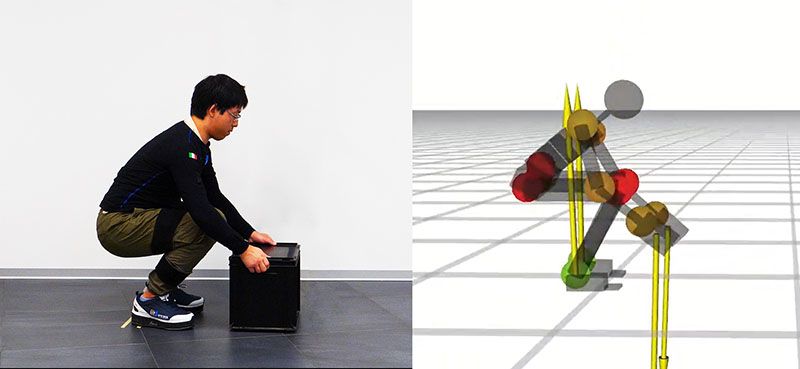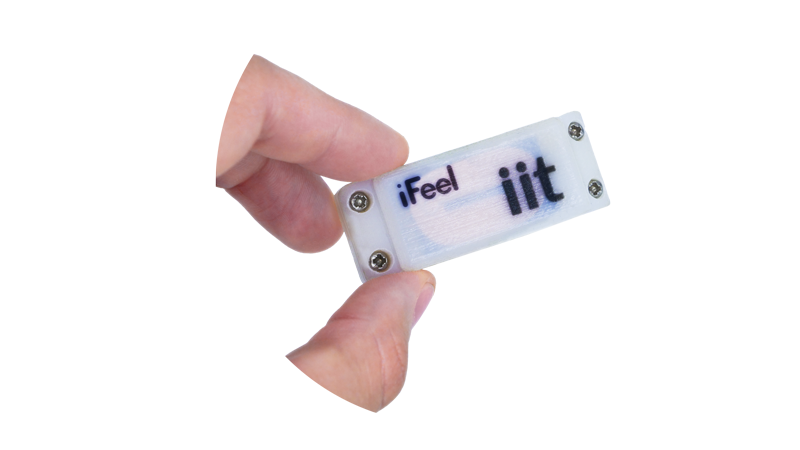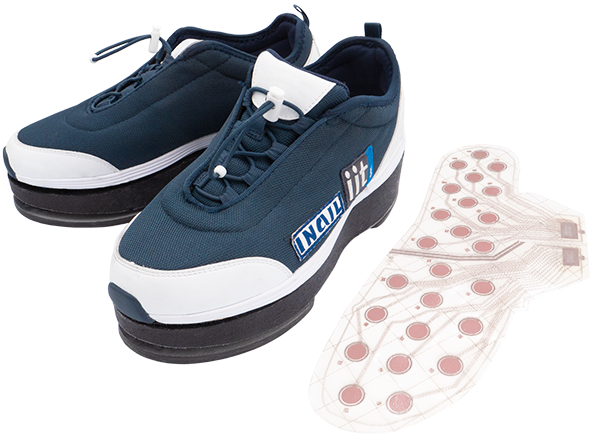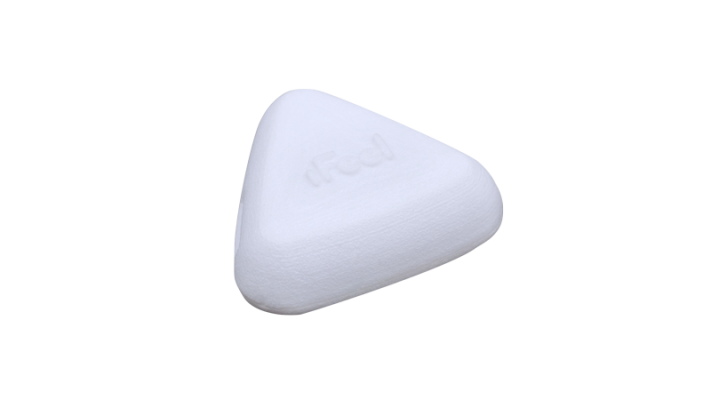The next step in continuous human health monitoring.
The combination of iFeel wearable devices combined with the power of iFeel algorithms gave birth to a stunning new technology: whole-body wearable technology, for real-time fatigue analysis to prevent human musculoskeletal diseases by enhancing ergonomic user experience.
Think of a suit equipped with iFeel wearable devices, sensorized shoes and flexible. The output is transferred to the iFeel AI algorithm, which is able to:
- track human motions
- analyse the fatigue in the back-end
- provide the user with feedback through the interface

Telexistence
We successfully use iFeel technology to teleoperate iCub3, giving humans the ability to exist elsewhere via humanoid robot avatars.
Inertial Sensors
Our iFeel technology is composed of different elements.
The inertial sensors are empowered with AI algorithms for human whole-body biomechanical estimation, and they collect motion tracking and kinematic data.
They are tiny, and we can easily insert them into our wearable devices.


Wireless suit
Our full-body wireless suit is equipped with biometric and motion sensors and a set of actuators for haptic feedback.
It features a total of 10 inertial sensors, 6 in the upper body and 4 in the lower body. We are working on adapting this system to work with clothing.
Shoes
The shoes are sensorized, acting as portable force platforms. It features a node and two force/torque sensors per shoe.
The ultra-thin sensorized insole collects pressure distribution data.


Haptic
Inside the human wearables devices there are a set of haptic trasducers integrated. They provide a haptic feedback to allow the user to feel the touch on the skin.
Acknowledgements




